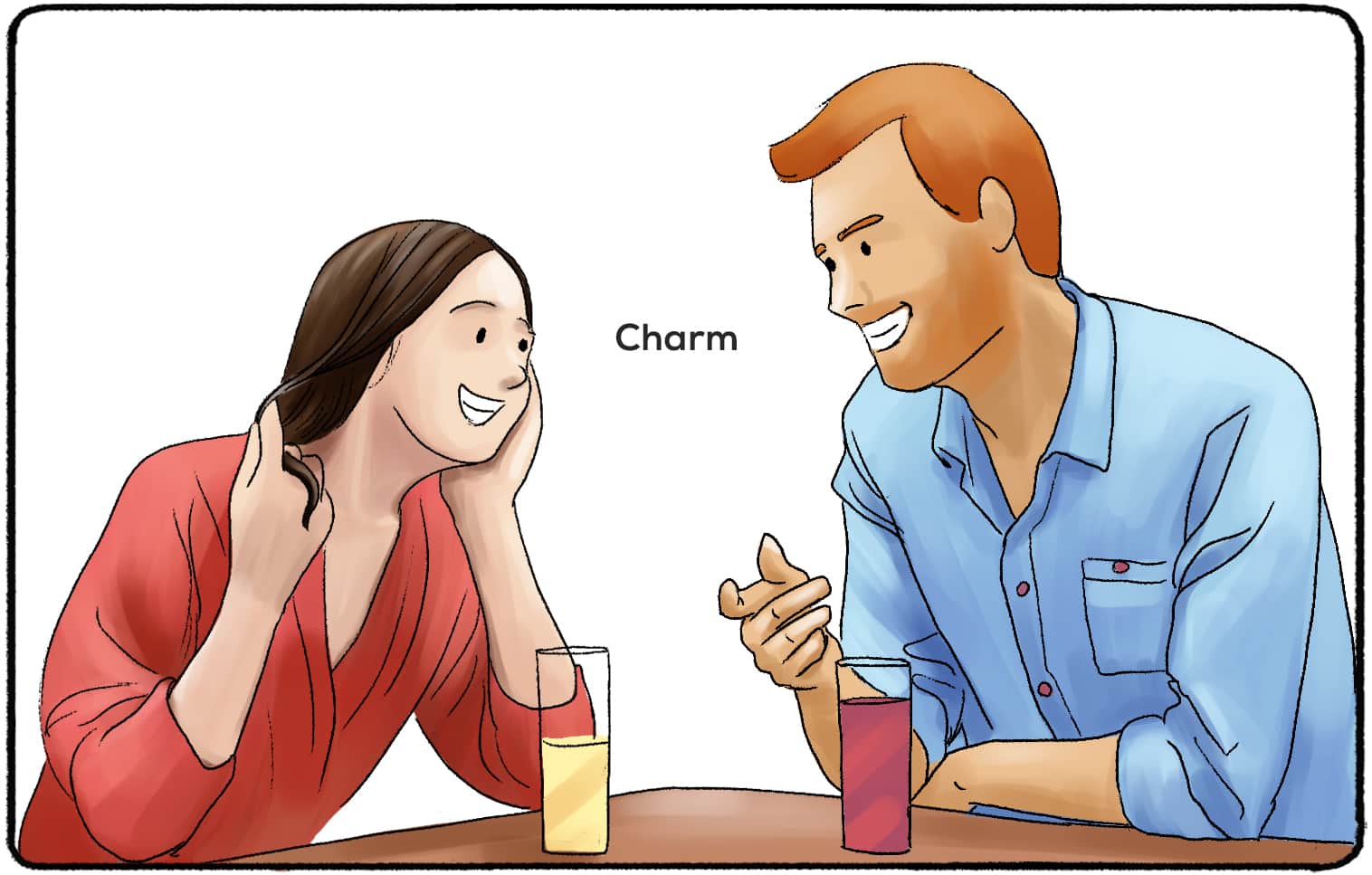Bottom-up processing is a process of information processing that starts at the smallest of elements and progresses to more complex concepts. This differs from the top-down process which is where we initially form an overall impression of a scene. We then look for specific evidence to support this initial hypothesis. The visual processing of a street in the city could initially create an impression that it’s chaotic, noisy, and overcrowded. They might look for certain signs to support this hypothesis like people rushing past crowds or traffic noise emanating from nearby automobiles.
Because bottom-up processing tends to be more driven by data than analytical processes, it has been thoroughly studied for its connection to specific cognitive functions like perception and memory. However, it can also be a valuable part of different aspects of our lives like decision-making, creativity, and activities like art and design. Bottom-up processing, if used correctly and strategically can assist you in solving many more issues and gaining an understanding of complicated situations. Bottom-up processing, in spite of having a negative reputation in academic circles, can be extremely useful for understanding our environment as well as our internal workings.
The brain’s intricate system is the center of our thoughts, actions, and choices. The processes within this complex organ play a vital influence on everything from our cognition and memory to our moods and behavior. Bottom-up processing is an example of a mechanism that can affect the brain’s function. This refers to the way information is processed from the individual level of nerve cells, or neurons, up through interconnected neural pathways, which eventually affect the higher cognitive functions, such as perception and attention. Studies have shown that this process may have profound effects on processes such as memory and learning. It can also be employed to treat illnesses such as schizophrenia or Alzheimer’s disease. By better understanding bottom-up processing and its mechanisms, we could be able to unravel the mysteries of brain function, paving the way for powerful new tools in neuroscience and healthcare.
powerful new tools in neuroscience and healthcare.
Bottom-up processing is how our brain process information. Instead of top-down processing which is more focused on integrating prior information and beliefs in learning, bottom-up processing is based heavily on raw and new data. Bottom-up processing is an excellent way to learn for any level of the learner by making sure that you focus on the specific aspects of learning. This covers vocabulary and the basic sounds, along with more complex concepts and concepts.
Bottom-up processing has one major benefit: it lets us take a step back and concentrate on each element of information we encounter. This helps us stay engaged with what we are learning and can help us be more eager to explore new concepts and refine our existing ones or even see shortcomings or areas of improvement. This approach also helps to understand how the different elements of information are connected by logical chains or networks. Bottom-up processing is a great way to develop as better learners and communicators by engaging in bottom-up processing.
For more information, click Practical Psychology

